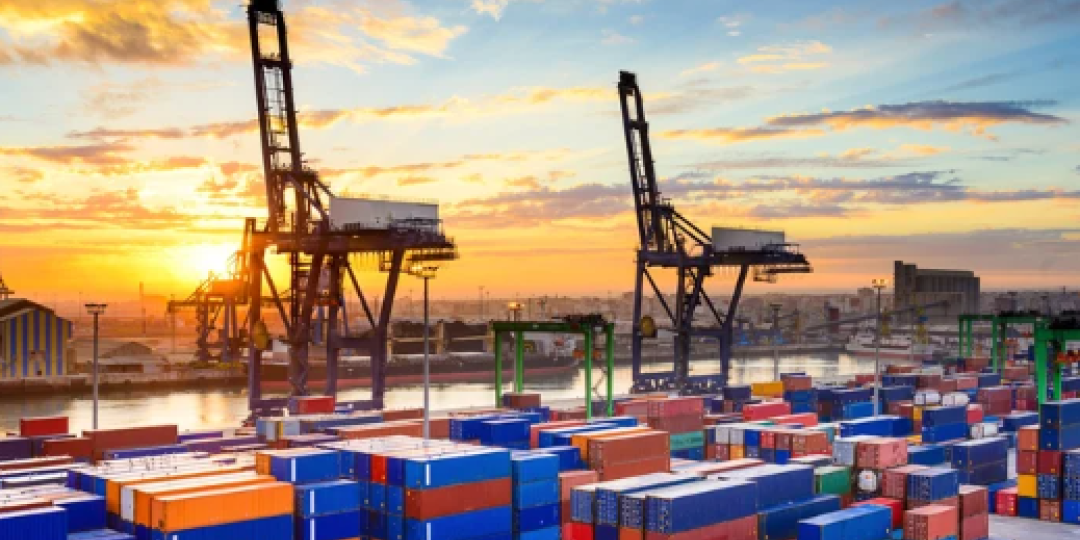Forecasts for the global container shipping outlook for the rest of the year have been downgraded by both Drewry and Linerlytica, citing heightened uncertainty due to disruptive US trade policies and trade tension related to tariff reciprocity.
This has also been confirmed by the latest Cargo Movement Update (CMU) compiled by the Southern African Association of Freight Forwarders and Business Unity SA.
According to the update, this week’s container market outlook remains cautious.
“Drewry forecasts a 1% decline in global container port throughput in 2025.”
The CMU states that as a result of the increasingly muted outlook, “shippers are urged to reassess sourcing strategies.
“Linerlytica notes continued rate hikes despite lower transpacific capacity and utilisation, reflecting hopes of a Chinese cargo rebound. The global fleet now exceeds 32 million TEUs”.
Various reputable sources in the US, UK and EU have also reported that the sea intelligence platforms have negatively adjusted their outlooks.
This would be only the third annual contraction since 1979, with the primary driver being US trade policy changes under the Trump administration, which have directly impacted demand and trade flows, Freight Waves reported.
This sentiment is shared by freight forwarder Kühne + Nagel (K+N).
Linerlytica specifically projects a -1.1% growth rate for global container demand in 2025.
While it’s reported that the US and China are entering into trade talks to soften tariff blows, tariffs and protectionist measures are expected to reduce containerised imports, especially from China, and have already led to significant booking cancellations and a "wait-and-see" approach among US importers.
North America is expected to see a 5.5% drop in box volumes in 2025, with China also experiencing a 4.8% decline in containerised trade.
Complicating matters is overcapacity in the liner trade because of a surge in new vessel deliveries.
Estimates suggest overcapacity could rise from 3-4% in 2024 to 7-8% in 2025, even after accounting for ongoing Red Sea disruptions, Seatrade Maritime reports.
This oversupply is likely to put downward pressure on freight rates and force carriers to idle or scrap more vessels.
Because of the tumult on the trade front and resulting supply chain fluctuation, industry analysts are urging shippers to reassess their sourcing strategies in response to shifting freight flows, tariff risks and potential supply chain disruptions, K+N has said.
Some US importers are front-loading shipments ahead of tariff deadlines, but this was not expected to drive a sustained rebound in demand, Container xChange said in an update on China’s container market.
Despite lower transpacific capacity and utilisation, liners have attempted to implement rate hikes.
However, these increases are not always sticking due to weak underlying demand and high inventory levels in the US. Some carriers are hoping for a rebound in Chinese cargo, but current indicators - such as declining container leasing rates and softening demand - suggest otherwise.













